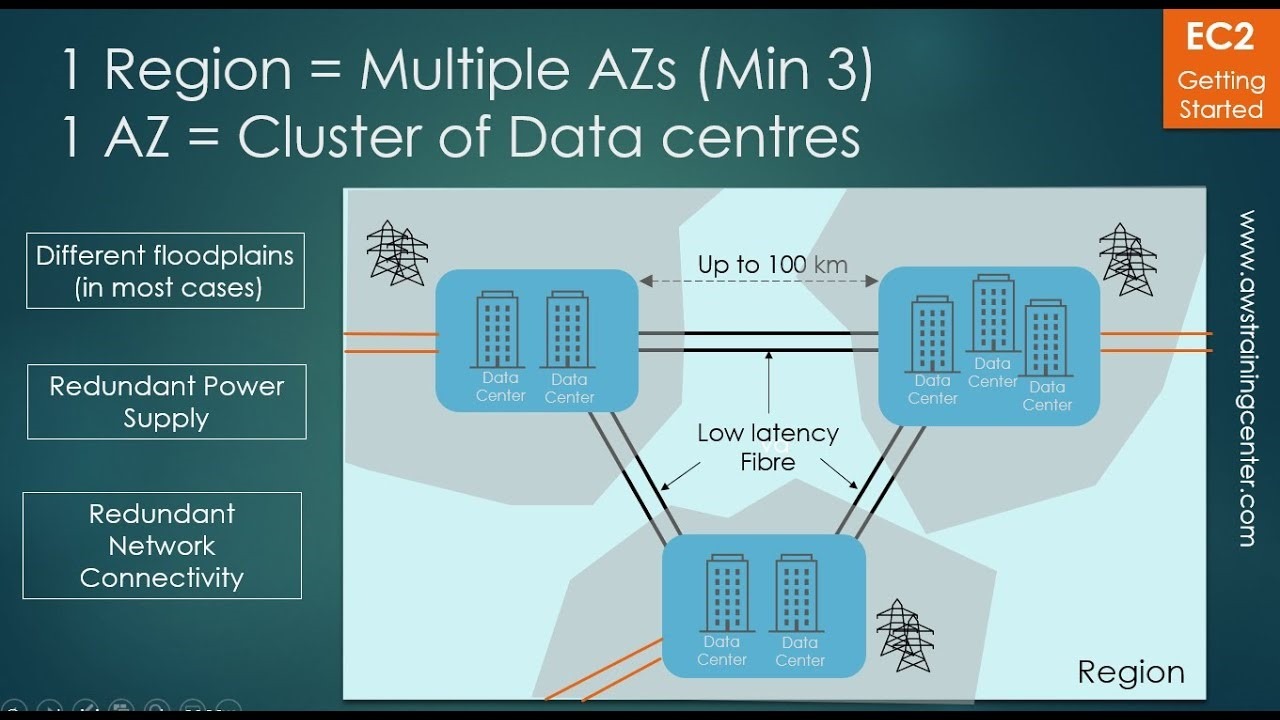There are no items in your cart
Add More
Add More
| Item Details | Price | ||
|---|---|---|---|
In An Ever Changing Business Environment, It Is Necessary To Be Competitive To Remain Relevant In Today’s Business Environment. Cloud Computing Provides Endless Possibilities In Scalability, Flexibility, Elasticity, Productivity And Cost Savings. So Organizations Are Looking Forward To Investing More And More In Cloud Computing To Get The Best Advantage Out Of It And Enable Them Remain Agile And Competitive.
Let’s Discuss “Is It Possible To Move The Data Center To Cloud Computing Environment Where You Can Achieve High Performance With Low Cost??”
Today I’m Going To Illustrate AWS Global Infrastructure, Its Benefits, Why It Matters ? And Its Use Cases In Depth In Order To Know More About Cloud Computing .
It Is Essential To Understand The Basics Of AWS Infrastructure.
Let’s Start With A Quick Review Of How Global Infrastructure Is Designed?
Why Cloud Infrastructure Matters ??
AWS Has The Largest And Most Dynamic Ecosystem. Any Type Of Industry, Whether It’s A Startup, Enterprise, Public Sector Can Use It’s Cloud Infrastructure Where And When It Is Needed. So These Features Result In To Following
Empowered Workloads To Operate At A Level Of Agility And Speed, Which Seems To Be Almost Unimaginable In Previous Times
Enabling Business To Quickly Respond For Ever Changing Needs.
Secure, Extensive And Reliable Cloud Platform
Offering Over 200 Services With Excellent Features Like User Can Deploy Workloads Across Globe In A Single Click.
Provides Service To Build And Deploy Applications Close To End User With Single Millisecond Latency
Provides Service To Build And Deploy Applications Close To End User With Single Millisecond Latency Regions
Availability Zones
Local Zones
Edge Locations
AWS Wavelength
AWS Ensures Customers Are Served Across The World. So AWS Keep On Adding New Regions To Get Closer To The Customers. Each Region Is Designed To Be Isolated From The Other Region.

What Are Regions?
Physical Location Around The World
Cluster Of Data Centers, Each Region Has 2 Or More Availability Zones
Each Group Of Logical Data Centers Is Known As Availability Zone
AWS Has 27 Regions

Best Practices For Choosing AWS Regions
Continuous Innovation’s At AWS Provides You The Maximum Benefit Of Top Performance And Resilience. We Try To Follow The Best Practices When Choosing A Region -
Proximity: Choose A Region Closest To Your Location To Optimize Network Latency.
Cost - Use Built In AWS Calculator To Estimate The Cost Of Your Choices
Services - AWS Offers A Wide Range Of Services Like Compute Storage Database Analytics Networking And Machine Learning. Some Services Are Regional, Means Not Available In All The Regions Whereas Some Services Are Global, Means Available Across The Globe (In All Regions). So You Need To Check Before Planning To Use A Service Of Its Availability In Your Region

Compliance
AWS Supports Multiple Security Standards And Compliance Certification Like PCI –DSS, HIPAA, FEDRAMP, GDPR, FIPS 140-2
Benefits Of Using Global Infrastructure
Security

AWS Availability Zones
Logical Building Blocks That Makes Up An AWS Region
Maximum physical distance between 2 AZ’s is 100 Km
All traffic between AZ’s is encrypted
Multi AZ’s are designed for back-ups of data to provide resiliency which is a core concept of cloud computing.
AWS infrastructure consist of 87 AZ’s which are isolated locations within a region
Reasons To Use AWS Multiple Availability Zones
Provides High Availability - If You Distribute Your Instance In Multiple Available Zones And One Instance Fails Due To Some Disaster Or Power Outage, You Have Your Data Secure In Another Availability Zone Which Gives Reliable Performance With Minimum Downtime And Costs.
How Do You Get High Availability On AWS?
Perform Detailed Monitoring.
Use DNS For Load Balancing And Floating IPs For Failover.
Use Multiple Availability Zones.
Keep Traffic Within One Availability Zone And Use EC2 Placement Groups.
Use Enhanced Networking EC2 Instance Types.
Thus, We Can Say That AZ Is A Powerful Tool For Building Highly Available Applications.
AWS Local Zones
AWS Local Zones Is An Extension Of AWS Region, Used To Run Latency Sensitive Applications. With AWS Local Zones You Can Run Highly Demanding Application That Require Single Digit Millisecond Latency To End User
Use Cases Of Local Zones
Media And Entertainment
Real Time Gaming
Electronic Design Automation
Machine Learning
No. Of Local Zones In AWS Infrastructure Is 17

Edge Locations
The Edge Locations Are Used As Nodes Of A Global Content Delivery Network
The Edge Locations Allow AWS To Serve Content From Locations That Are Close To User
There Are Many More Edge Locations Than Regions
AWS Has 150 Edge Locations

AWS Wave Length
AWS Wavelength Combines High Bandwidth And Ultra-Low Latency 5G Network With AWS Services So That Developers Can Build And Innovate New Applications.
Who Should Use AWS Wave Length
When You Need To Deploy High Performance Application Accessed By Mobile End-User And Devices Requiring Single Digit Mill- Second Latency
Example: Application Game Streaming

Conclusion :
So All The Information Provided In This Article About AWS Global Infrastructure Drive Us To This Conclusion That They Offer The Best Solution To Host And Deploy Your Application
AWS Has Millions Of Active Customers And Is The Fastest Enterprise IT Company. AWS Principle States “Leaders Start With The Customer, And Work Backwards” Ensuring That You Remain Close To Customer And Customer Feedback Is Utmost Important. So AWS Designed It’s Infrastructure In A Way To Provide High Reliability At Low Cost. High Performance And High Availability Is The Main Motive To Help Customers Deliver Better End User Experience.

Rashmi Chawla
From CloudFolks HUB